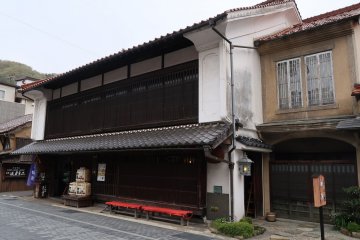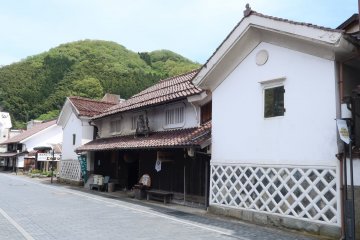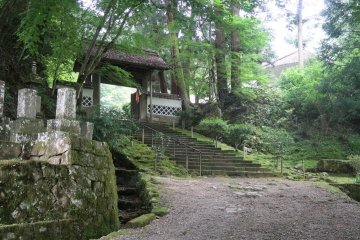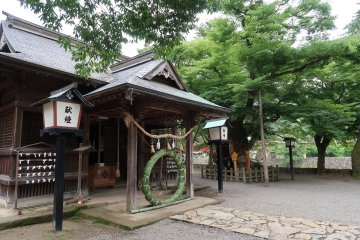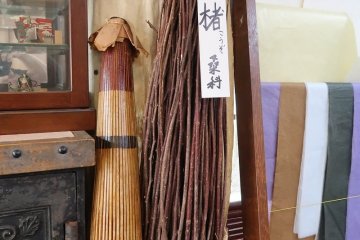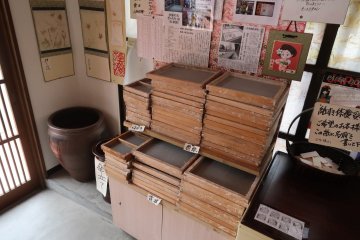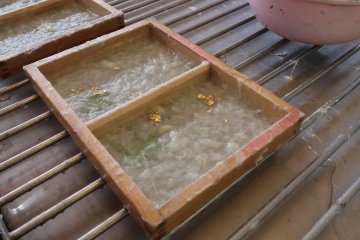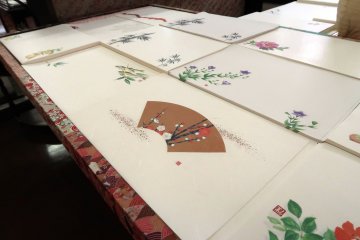Washi papermaking was an important industry of the Tsuwano domain. Although it was registered in Hamada, the same UNESCO World Heritage Sekishu Japanese Paper was also made in Tsuwano, where visitors can get a hands-on experience with washi postcard making in the center of Tsuwano.
The castle town of Tsuwano is blessed with an abundant water source that supports its traditional industries, thanks to the mountain-born Tsuwano river supplying cold water that supports Tsuwano's wasabi growing, sake brewing and washi papermaking enterprises. The reason the water temperature plays an important role in the quality of these products is the connection between coldness of the water with low levels of organic impurities.

The process starts with the kouzo tree (mulberry), or its bark to be more precise which first goes through processing: steaming, stripping, boiling and beating. The material is then mixed with a glue to form a water-like substance which is then 'scooped' onto a bamboo mesh screen ("su") and gradually shaped by the paper-maker. Successive scooping increase the thickness of the paper, but also opens up decorative possibilities, such as foliage or gold leaf, that can be embedded between layers.
The washi paper making experience comprises a 15 minute explanation (shorter if the participant doesn't speak Japanese), about 10 minutes of making the washi paper itself, and about 30 minutes drying time. The drying is traditionally done by resting the paper onto special boards and letting them dry, but in the busy 21st century, the craftsmen in the shop developed a drying process (with an industrial vacuum cleaner, and an oven) to speed up the process. It still takes about 20–30minutes, but the good news is that one can go for a short walk, have lunch in one of the nearby restaurants, and come back for the finished postcard.




